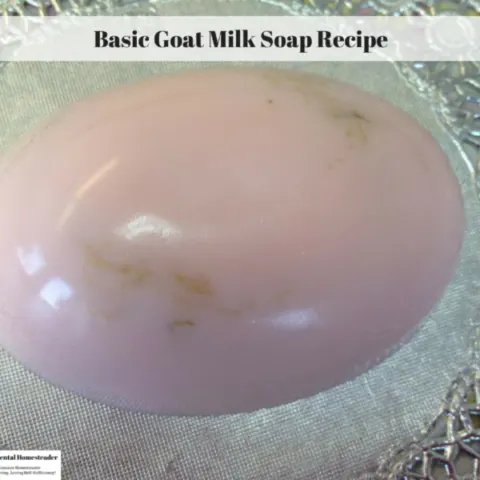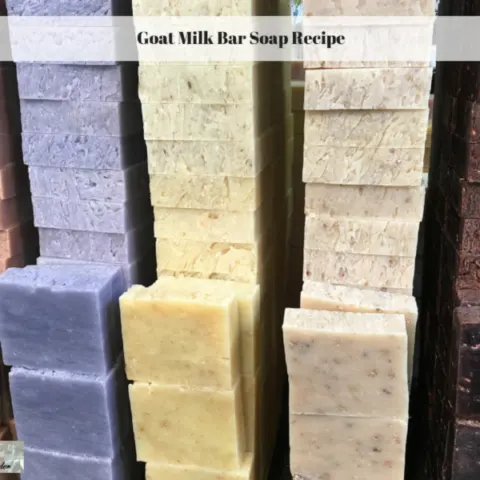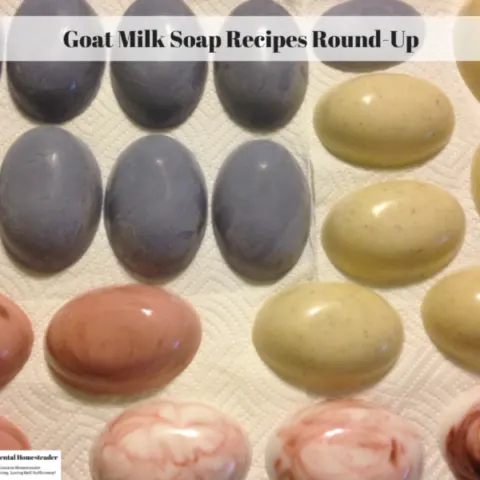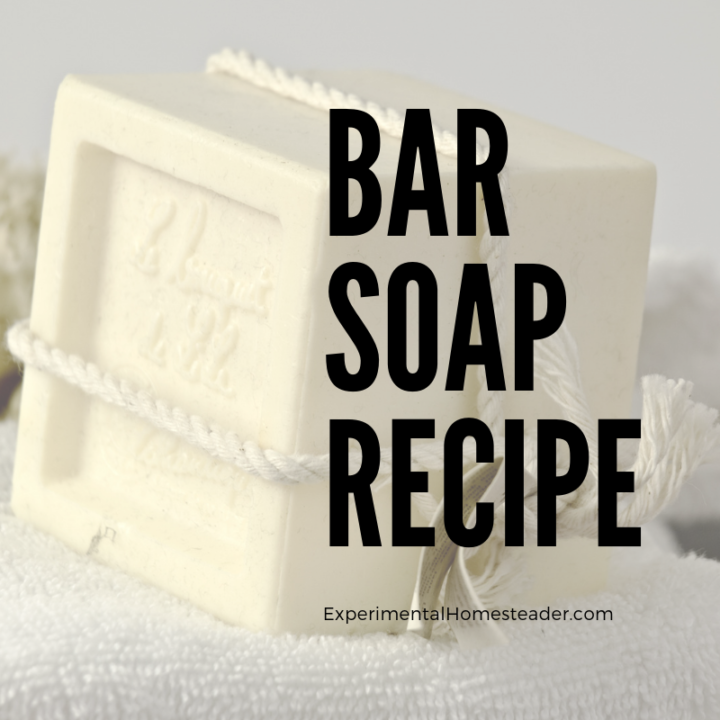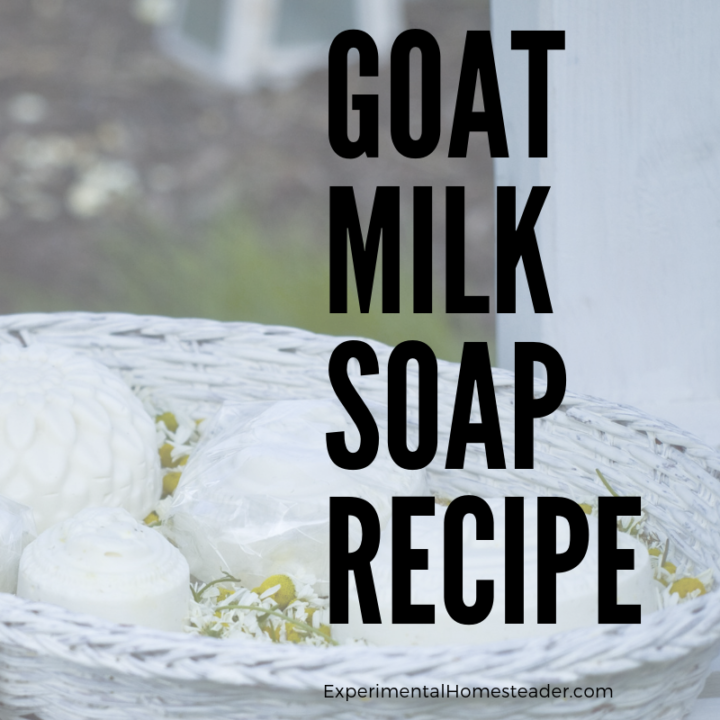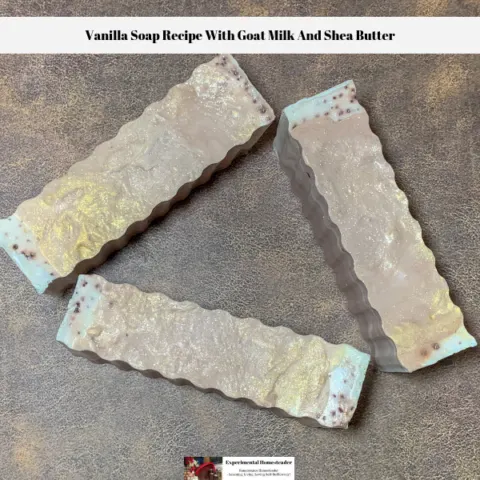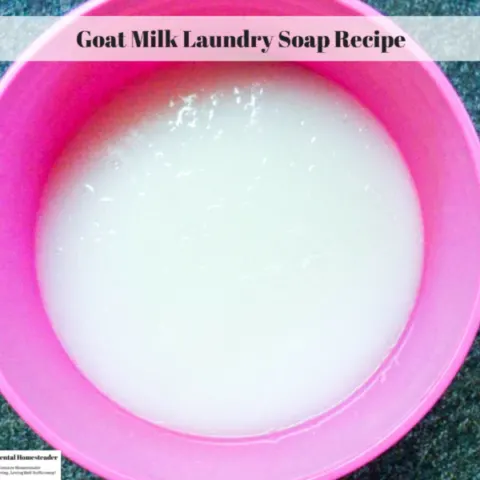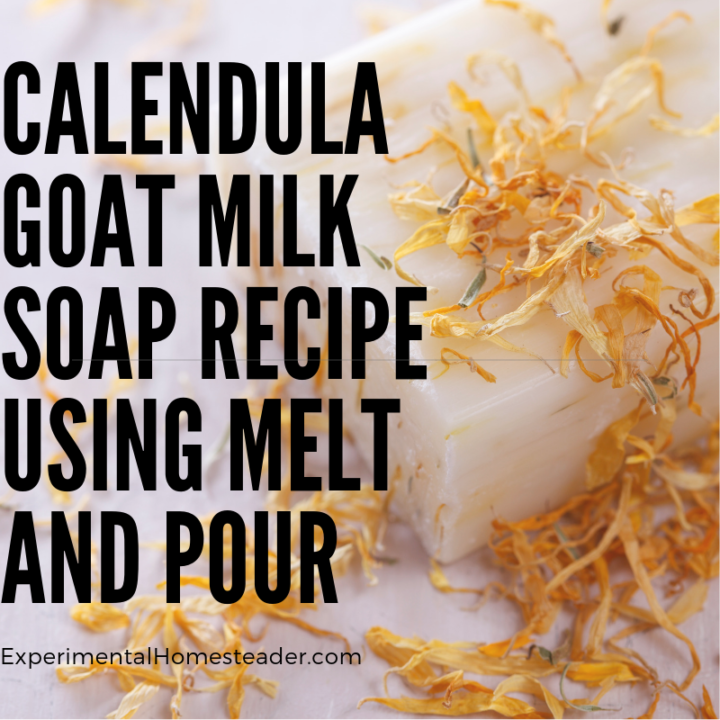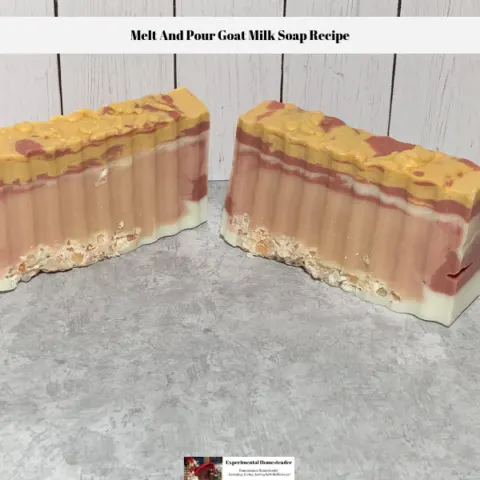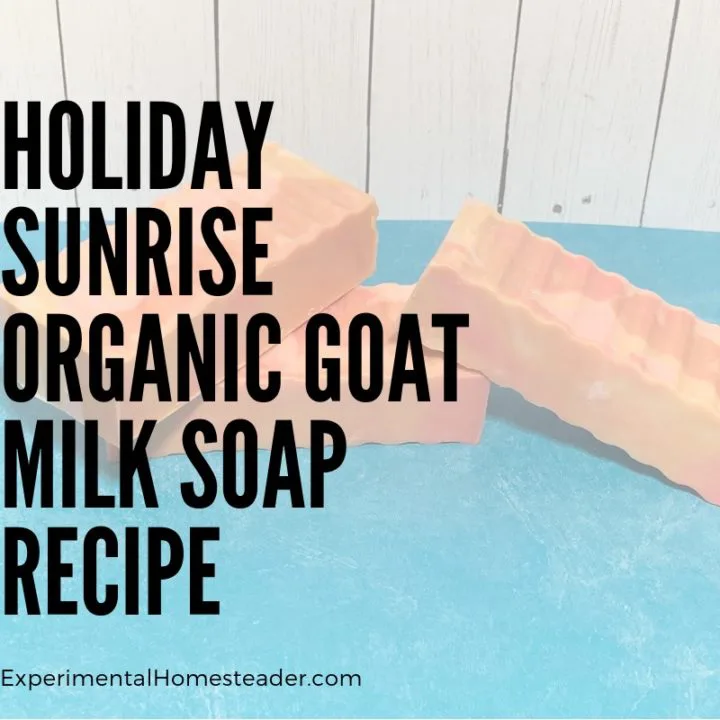I made this lavender goat milk soap recipe using fresh goat milk from my goats, but if you do not have goats, you can use store bought goat milk or even use frozen goat milk.
Once you make homemade lavender goat milk soap, you're going to be hooked.
It's really quite easy to make your own goat milk soap and I'll teach you exactly how to do it below!
Why I Like This Homemade Lavender Goat Milk Soap
One reason I like this goat milk soap recipe is because it is made with lavender essential oil, which is relaxing, and let's face it, a day on a homestead can get pretty stressful!
It's nice to come inside to wash up and have a pleasant scented soap that bubbles up and washes the dirt away.
I cure all of my soap for a minimum of six months just because I think it makes the soap last a little longer than if it is used fresh.
This applies to both goat milk soap I make completely from scratch and goat milk soap I make from a melt and pour base.
Supplies Needed To Make This Fresh Goat Milk Soap Recipe
- 106 ounces tallow
- 14 ounces lye
- 41 ounces cold water
- 9 ounces goat milk
- 2 teaspoons essential oil of your choice
- Soap Coloring (optional)
- Additives such as rose petals, oatmeal, etc. (optional)
Tools Needed To Make DIY Goat Milk Soap
How Long Does Goat Milk Soap Last?
As long as you store this easy goat milk soap recipe in a good storage container, it should last for a long time.
Mine has lasted several years and still hasn't gone bad!
Does Goat Milk Soap Lather?
It does!
If you want to use it to wash your hands, just use it like you would a regular bar of soap.
It will lather up and create a simple way to wash your hands.
How Long Does Goat Milk Soap Need To Cure?
For the best results and outcome of this fresh goat milk soap recipe, you need to let it cure for 6 weeks.
Can You Make Goat Milk Soap Without Lye?
No, you can't unless you use a melt and pour goat milk soap base.
Lye is a critical ingredient that you need to use when making DIY goat milk.
What Are The Advantages Of Goat Milk Soap?
Most people like to use homemade soaps because they're free of harsh chemicals and are just a better and more gentle way to clean their skin.
This is true of goat milk soap as well.
It may also be able to help with acne and help with dry skin issues as well.
Below is my lavender goat milk soap recipe:

Lavender Goat Milk Soap Recipe
Materials
- 106 ounces tallow
- 14 ounces lye
- 41 ounces cold water
- 9 ounces goat milk
- 2 teaspoons essential oil of your choice
- Soap Coloring (optional)
- Additives such as rose petals, oatmeal, etc. (optional)
Instructions
- Place the correct amount of lye into a plastic pitcher. Be sure to weigh this by placing the container on a scale, making sure it is set to zero and then adding the lye. This step is very important!
- Set the pitcher containing the lye aside someplace where it will not get knocked over.
- Now using the same method, place a second plastic pitcher on the scale and weigh the cold water.
- Carefully pour the waterinto the pitcher containing the lye. Do this slowly and be sure you are wearing your soap making safety equipment such as rubber gloves and safety glasses. Do not splash this mixture!
- Once all of the wateris in the pitcher containing the lye, stir the mixture with a wooden spoon, again taking care to not splash the mixture.
- Continue stirring the lye mixture until all of it is dissolved. At this point the lye mixture should have heated up and have reached a temperature somewhere between 150 degrees Fahrenheit to 200 degrees Fahrenheit.
- Set the pitcher containing the lye mixture aside to cool. Again, be sure it is in a safe place so it does not accidentally get knocked over. You want the lye to cool down so the temperature is 100 degrees Fahrenheit. You can use a hot or cool waterbath to help the process along.
- Now go ahead and weigh the tallow and place it in a stainless steel pot or an enamel pot without chips in it.
- Set the pot on the heat source and set the heat temperature to medium to melt the tallow. Stir the contents frequently to encourage the melting process. It is ok to smash the small pieces against the side of the pot to encourage them to melt.
- Once the tallow is melted, stir continually to reduce the temperature to 105 degrees Fahrenheit. You can use a cold waterbath to lower the temperature faster.
- Double and triple check the temperature of both the lye solution and the tallow. This is a very important step! Both the tallow and lye needs to be in the 95 degree Fahrenheit and 100 degree Fahrenheit range!
- Be sure you still have your rubber gloves and safety glasses on before proceeding to the next step.
- Begin stirring the tallow and slowly - very slowly - pour the lye solution into the pot with the tallow while continuing to stir the mixture. The only way to get the lye to absorb into the fat is to keep stirring it. This is a long process!
- Stir gently so you do not splash the contents out of the pan. The mixture will begin to thicken and turn opaque. It will look grainy instead of smooth. This is normal.
- Continue to stir until you see trailings, which are lines of soap that float on the surface yet remain distinct from the soap in the pot. To test for this, lift your spoon out of the pot and drizzle a thread of soap on top of the mixture. If you see the the distinct markings of the drizzle on the surface the soap has reached the trailings stage.
- At this point, simply pour your soap into the mold, place a lid on the mold and wrap the entire mold in old towels to insulate it.
- Place the mold in a warm place where it will not be disturbed for 48 hours.
- After 48 hours have passed, unwrap the soap, but do not touch it without wearing the rubber gloves. It is still caustic. The soap should be solid looking but may still be soft to the touch.
- Leave the soap uncovered for another 48 hours, then see if it is hard enough to touch without leaving an impression, if it is proceed, if not, then allow it to harden a little longer.
- Once the soap is hard enough, then turn the mold upside down over a sink or inside a tub and press the bottom to release the soap from the mold. If the soap does not easily release, set it aside and give it a couple more days to dry.
- Once the soap is out of the mold, place it on a clean surface with a piece of freezerpaper underneath it.
- Allow it to sit exposed to the air for a week to harden more.
- Now it is ready to be cut into bars of soap. These bars can be any size you desire them to be. A knife warmed with hot waterwill cut into the bars of soap easily.
- Once the soap is cut into bars, it needs to dry for another two weeks. Be sure to place the bars of soap on freezerpaper to dry.
- Once the bars of soap are done curing, grate the soap. This is easily done with an electric kitchen grater but it can be done by hand if you prefer.
- Place 12 ounces of grated soap into a stainless steel pan.
- Add 9 ounces of goat milk soap to the grated soap.
- Place the pan on the heat source and turn it to medium.
- Stir the mixture continually until the soap is melted.
- Pour the soap into a glass container such as a glass measuring cup.
- Allow the soap to cool just slightly, then add any essential oils, coloring or other additives you wish.
- Stir to mix the additives into the soap.
- Pour the soap into the molds.
- If any bubbles form on top of the soap, give the soap a light spray of isopropyl alcohol. This will take care of the bubbles.
- Allow the soap to cool and fully harden in the molds.
- Once the soap is hard, remove it from the molds using the same process as above.
- Set the molded soap on freezer paper and allow it to cure. As stated above, I like to cure mine for a minimum of six months, but you can certainly use it after two weeks curing time if you prefer.
Recommended Products
Sheri Ann Richerson is a participant in the Amazon Services LLC Associates Program, an affiliate advertising program designed to provide a means for sites to earn advertising fees by advertising and linking to Amazon.com.
-
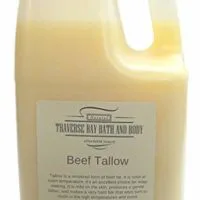 Beef Tallow Soap Making Supplies. 7 Pound Gallon.
Beef Tallow Soap Making Supplies. 7 Pound Gallon. -
 Red Crown High Test Lye for Soap Making Case of 3-2 Lb. Packages
Red Crown High Test Lye for Soap Making Case of 3-2 Lb. Packages -
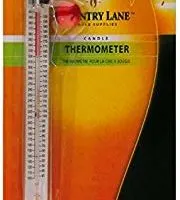 Country Lane Candle Supplies Clip-On Candle Thermometer for Homemade Candle and Soap Crafting
Country Lane Candle Supplies Clip-On Candle Thermometer for Homemade Candle and Soap Crafting -
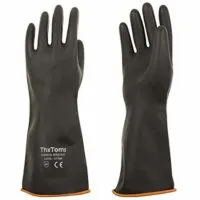 ThxToms Heavy Duty Latex Gloves, Resist Strong Acid, Alkali and Oil, 14", 1 Pair
ThxToms Heavy Duty Latex Gloves, Resist Strong Acid, Alkali and Oil, 14", 1 Pair -
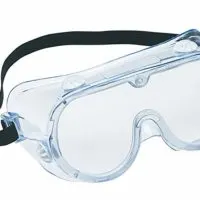 3M 91252-80024 Chemical Splash/Impact Goggle, 1 -Pack
3M 91252-80024 Chemical Splash/Impact Goggle, 1 -Pack -
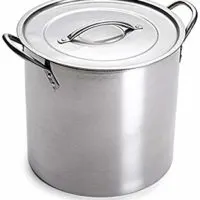 5 Gallon Stainless Steel Stock Pot with Lid, 12.5 x 12.5 x 11.5
5 Gallon Stainless Steel Stock Pot with Lid, 12.5 x 12.5 x 11.5 -
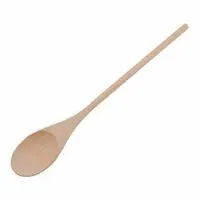 1 X Long Handle Cooking Mixing Wooden Spoon 18in P018
1 X Long Handle Cooking Mixing Wooden Spoon 18in P018
Final Thoughts About This Lavender Goat Milk Soap Recipe
I like to make a big batch of this goat milk soap recipe up and use it as a base.
Think of it as making your own melt and pour soap base.
When I am ready to make the individual bars of soap, I just grate up the amount of the base that I want and then add the other ingredients.
This technique is how they make hand-milled soap.
For those who do not want to make their own goat milk soap recipe from scratch, you can substitute a melt and pour goat milk soap, then follow the instructions from step 25 down to step 35.
I have made this recipe both ways and it works fine.
Goat Milk Soap Recipes
Basic Goat Milk Soap Recipe
Here is my favorite basic goat milk soap recipe. I am sure this goat milk soap recipe is going to be one your go-to homemade soap recipes too.
Goat Milk Bar Soap Recipe
This homemade goat milk bar soap recipe is a good one for beginning soap makers to start with plus it's a perfect goat milk soap base recipe.
Goat Milk Soap Recipes Round-Up
Are you looking for goat milk soap recipes? Look no further! Here you find a goat milk soap recipe for liquid soap, bar soap and even laundry soap.
Bar Soap Recipe
The bar soap recipe collection on this page includes melt and pour soap, goat milk soap and even homemade laundry soap recipes.
Goat Milk Soap Recipe
Learn how to make this goat milk soap recipe completely from scratch. If you prefer melt and pour soapmaking, conversion instructions are included.
Vanilla Soap Recipe With Goat Milk And Shea Butter
This melt and pour vanilla soap recipe contains goat milk and shea butter. It lathers well, it's ideal for dry senstitive skin and is easy to make!





